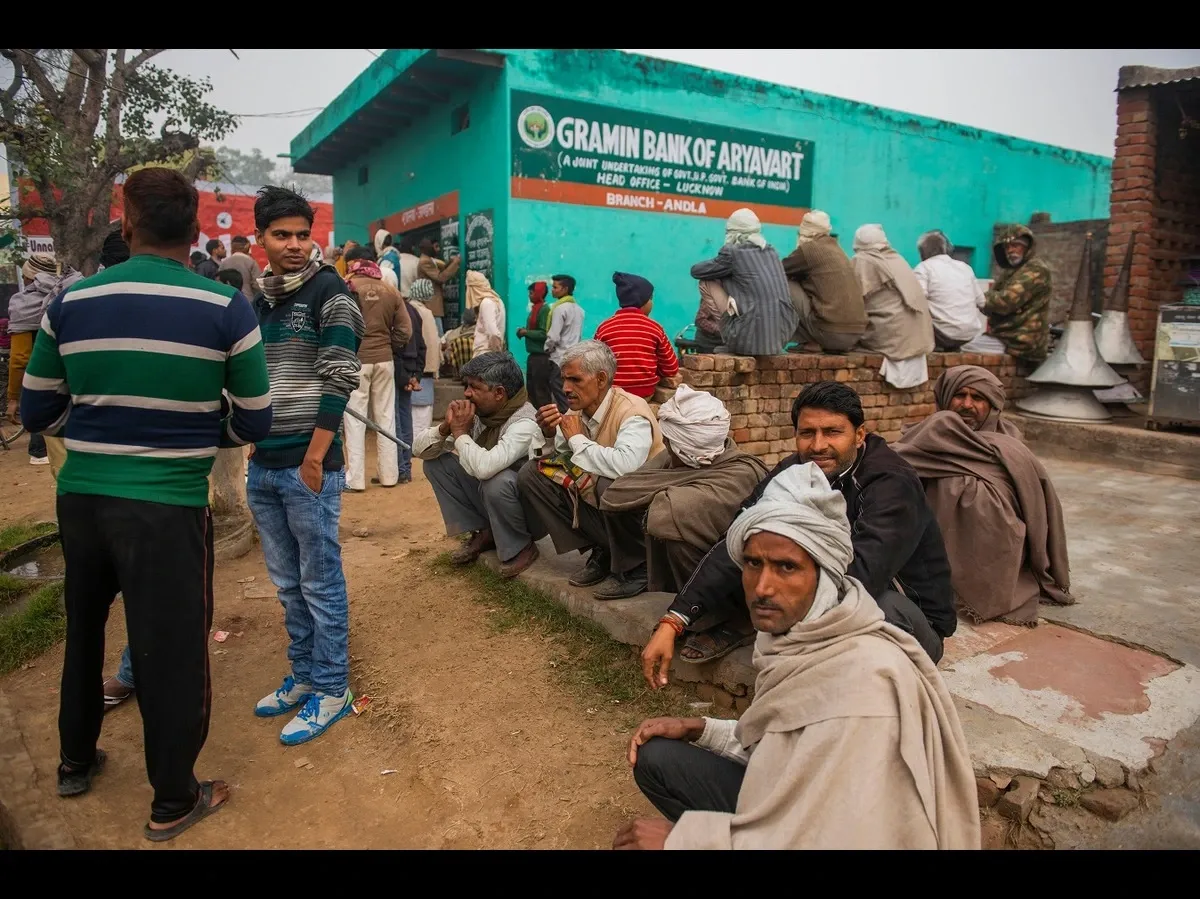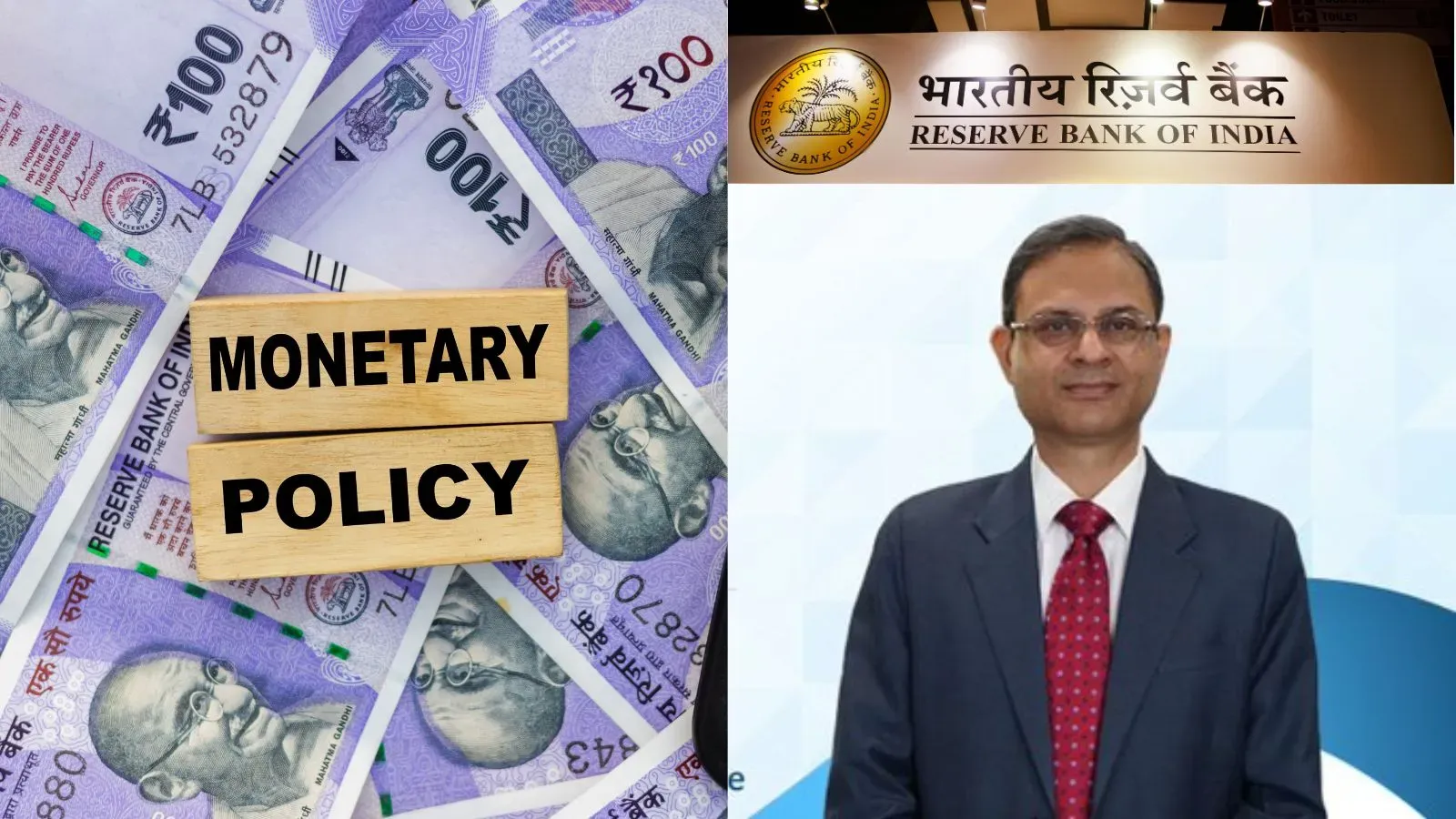Business News
Govt notifies merger of 26 regional rural banks into 12 entities under 'One State One RRB' policy
.png)
4 min read | Updated on April 08, 2025, 16:58 IST
SUMMARY
The government has notified the amalgamation of 26 Regional Rural Banks (RRBs) into 12 consolidated entities under the "One State One RRB" policy.

In Uttar Pradesh, Baroda U.P. Bank, Aryavart Bank, and Prathama U.P. Gramin Bank have been merged into Uttar Pradesh Gramin Bank.
The government has notified the amalgamation of 26 Regional Rural Banks (RRBs) into 12 consolidated entities, under the “One State One RRB” principle.
The finance ministry said it had rolled out an amalgamation plan in November 2024 for consultation with stakeholders.
“After consultation with stakeholders, amalgamation of 26 RRBs in 10 States and 1 UT have been carried out with primary focus on improvement in scale efficiency and cost rationalization,” it added.
With this, the total number of RRBs operating across the country has been brought down from 43 to 28. These banks collectively operate more than 22,000 branches, covering 700 districts, with nearly 92% of them located in rural and semi-urban areas.
The move could help lenders not only cut costs but also avoid undue competition among sponsoring public sector banks.
A gazette notification issued on April 5 detailed the merger of four RRBs in Andhra Pradesh—Chaitanya Godavari Grameena Bank, Andhra Pragathi Grameena Bank, Saptagiri Grameena Bank, and Andhra Pradesh Grameena Vikas Bank—into a single entity named Andhra Pradesh Grameena Bank, headquartered in Amravati. The new bank will function under the sponsorship of Union Bank of India, with an authorised capital of ₹2,000 crore.
According to the notification, the assets, liabilities, contracts, and ongoing legal proceedings of the four merging banks will be transferred to the new entity. Employee services will continue uninterrupted under existing terms and conditions, while a committee comprising representatives from NABARD and the sponsor bank will address seniority-related matters.
In Bihar, Dakshin Bihar Gramin Bank and Uttar Bihar Gramin Bank have been merged to form Bihar Gramin Bank, with its head office at Patna, sponsored by Punjab National Bank.
In Gujarat, Baroda Gujarat Gramin Bank and Saurashtra Gramin Bank have been merged to form Gujarat Gramin Bank, headquartered in Vadodara, under the sponsorship of Bank of Baroda.
In Jammu & Kashmir, J&K Grameen Bank and Ellaquai Dehati Bank have been amalgamated to form Jammu and Kashmir Grameen Bank, with headquarters in Jammu, under The Jammu and Kashmir Bank Ltd.
In Karnataka, Karnataka Vikas Grameena Bank and Karnataka Gramin Bank have been merged to form a unified entity named Karnataka Grameena Bank, with its head office at Ballari, sponsored by Canara Bank.
In Madhya Pradesh, Madhya Pradesh Gramin Bank and Madhyanchal Gramin Bank have been merged to form a new Madhya Pradesh Gramin Bank, headquartered at Indore, sponsored by Bank of India.
In Maharashtra, Maharashtra Gramin Bank and Vidharbha Konkan Gramin Bank have been amalgamated to form Maharashtra Gramin Bank, with its head office at Chhatrapati Sambhajinagar, under Bank of Maharashtra’s sponsorship.
In Odisha, Odisha Gramya Bank and Utkal Grameen Bank have been merged to form Odisha Grameen Bank, headquartered in Bhubaneswar and sponsored by Indian Overseas Bank.
In Rajasthan, Rajasthan Marudhara Gramin Bank and Baroda Rajasthan Kshetriya Gramin Bank have been combined into Rajasthan Gramin Bank, with its head office in Jaipur under State Bank of India’s sponsorship.
In Uttar Pradesh, Baroda U.P. Bank, Aryavart Bank, and Prathama U.P. Gramin Bank have been merged into Uttar Pradesh Gramin Bank, with headquarters in Lucknow under the sponsorship of Bank of Baroda.
In West Bengal, Bangiya Gramin Vikash, Paschim Banga Gramin Bank, and Uttarbanga Kshetriya Gramin Bank have been merged to form West Bengal Gramin Bank, with its head office in Kolkata under Punjab National Bank’s sponsorship.
The merger will come into effect on May 1, 2025.
The government’s decision is also seen as a response to persistent challenges faced by RRBs, including limited capital access and outdated technological infrastructure. While RRBs—jointly owned by the Centre (50%), sponsor banks (35%), and state governments (15%)—have played a crucial role in rural credit delivery, there have been calls for structural reforms.
In June 2024, major bank unions such as the All India Bank Officers' Confederation (AIBOC) and the All India Bank Employees Association (AIBEA) had pushed for merging RRBs with scheduled commercial banks. They argued that overlapping service offerings by RRBs and sponsor banks were creating inefficiencies and resource duplication in rural banking markets.
“The RRBs are constrained in offering modern banking products and their customers are discriminated in terms of access,” the unions had said, adding that merger with sponsor banks would ensure uniformity in service offerings and enhance the viability of the rural credit ecosystem.
By signing up you agree to Upstox’s Terms & Conditions
About The Author
Next Story

